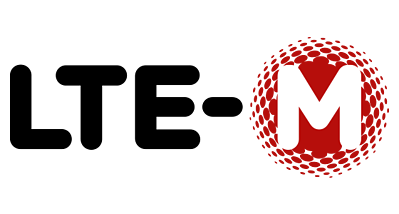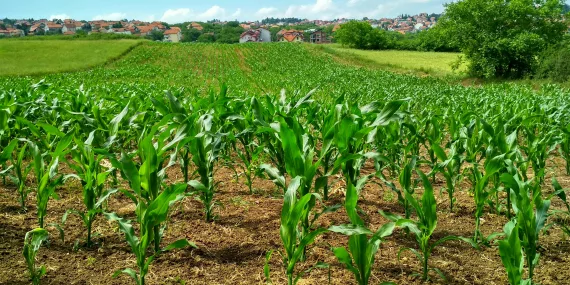Navigating Connectivity: Cellular Data Versus LoRa in Precision Agriculture
IoT powered Precision Agriculture can be complex, especially when it comes to network infrastructure, and choosing a network solution can be one of the most consequential choices one can make. According to Grandview Research, the precision agriculture market is poised to reach $43 billion by 2025, emphasizing the industry’s growth potential. However, when deciding to adopt a network for IoT, the choice between utilizing cellular data and LoRa technology is not always clear cut, as each presents distinct advantages and disadvantages, which will be explored in this article.
POWER CONSUMPTION
Energy efficiency is one of primary considerations when implementing IoT in agriculture. LoRaWAN, the open standard protocol utilizing LoRa radio technology, adopts a reliable and simple method of defining three classes of devices to minimize protocol complexity and energy consumption. This approach ensures that devices in the field operate with optimal power efficiency. The significance of low power consumption becomes apparent when considering the remote and often off-grid locations of agricultural operations. LoRa’s ability to operate on minimal energy resources positions it as a sustainable and practical choice for many applications. Cellular devices can also operate with relatively low power consumption, but nearly always consume more power to operate than LoRa.
RANGE AND CONNECTIVITY
LoRa and Cellular can provide a long-range signal, though using gateways with Ethernet backhaul, LoRa devices can often be deployed to areas where cellular coverage is scant or nonexistent. This makes LoRa an excellent choice for remote areas that may lack existing cellular coverage or power sources. However, the existing robust cellular data infrastructure in many rural areas in the United States and elsewhere mean that in many use cases, cellular devices can be deployed easily with less setup that a LoRa powered device. In regions where cellular coverage is already well established, utilizing this cellular infrastructure might provide a seamless and reliable solution.
DATA COST
While the cost of deploying and maintaining sensor networks is a concern, the expense associated with data plans over time can be a decisive factor in choosing between LoRa and Cellular Data. For instance, smaller and medium scale farms may find it economically challenging to afford cellular connections for many devices drawing data from sensors in a large field or group of fields. The incorporation of SIM cards with monthly bills per device could outweigh the potential yield advantage, often making Ethernet gateway LoRa a more cost-effective alternative, especially in dense sensor node deployments. This being said, there are still associated costs with LoRa, such as gateway hardware and maintenance costs, and the convenience of Cellular connectivity may outweigh any additional cost for some.
SUMMARY
Choosing between Cellular Data and LoRa technology is a strategic decision that hinges on the specific needs and conditions of each farming operation. The considerations of location, terrain, power consumption, and data cost underscore the importance of a tailored approach to connectivity solutions. As the industry continues to embrace technological advancements, networking technology will continue to evolve with it, and these various strengths and weaknesses will change as well. Zenseio provides plug and play devices that use either LoRa or Cellular and provides dedicated consultation and support to help businesses choose the right option for their unique needs. To learn more about Zenseio and the network options we offer, visit: zenseio.com



